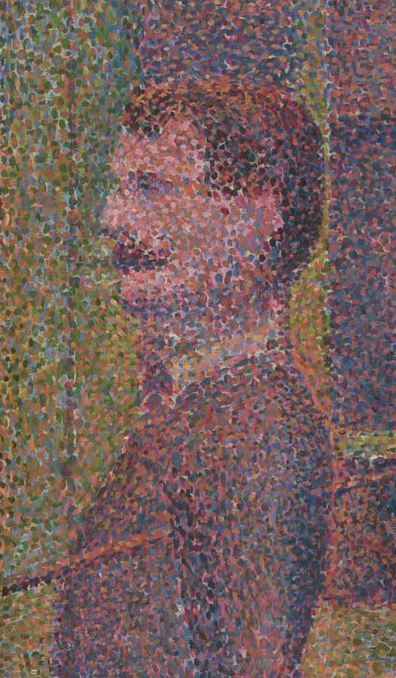Perspectives on diversity
I don’t suppose many of us have heard of Michael Chevreul – and why would we have done? He was dye-maker in chief of the Royal Tapestry Works in Paris in the eighteenth century. In his quest to design tapestries which would retain their brilliant colour and withstand the test of time, he made a breakthrough discovery which was to have echoes way beyond his own century. He found that by placing skeins of different coloured wool next to each other and allowing the eye to blend them – he could produce a brighter hue than if he had blended the colours in the dyeing vats. In other words, a skein of yellow wool next to a skein of red wool would produce a brighter orange in the eye of the onlooker than he could have achieved any other way. Painters like Seurat and Pisarro then took this up – and produced their pointilist masterpieces where the canvas dances with light and colour to the delight of generations of onlookers.
Isn’t there a lesson in all this for the church? Rather than wasting our time pursuing a kind of false harmony, shouldn’t we savour the vivid colour which arises from our differences? The world may be more blessed by our ability to share the same canvas than by our attempt to reblend the colours and reduce the contrasts, don’t you think?
I’m no expert on art, but I find the painting on the left far easier to relate to than the one on the right. In the one on the left, Seurat has combined his dots of pure colour to make an image I can recognise. In the one on the right, I can feel Pollock’s restless energy and creativity – but I can’t make sense of it.
Is ours a Seurat church or a Pollock church, I wonder?



Hi Richard. In painting you can also make colours look more vivid by placing two complementary colours next to each other (ie. colours that are opposite on the colour wheel) – eg blue next to orange or red next to green. True in life also – the extreme differences in two people serve to make us aware of their unique qualities.
My preferred painting of the two is the Pollock – vital, vigorous, restless, chaotic, rhythmic, energetic – I love it, me!
Thanks for the comment, Steph. I feel I understand a bit more of what is going on in the Pollock now. The fact that 2 people like 2 different ones kind of proves the point, I think!
Pingback: A sermoan from the poolpeet « Richard Littledale's Preacher's A – Z
Pingback: Explosive unity… « Richard Littledale's Preacher's A – Z
Pingback: Polychromatic digital discipleship « Richard Littledale's Preacher's A – Z
Pingback: Pointilist theology « Richard Littledale's Preacher's A – Z
Pingback: Only me « Richard Littledale's Preacher's A – Z